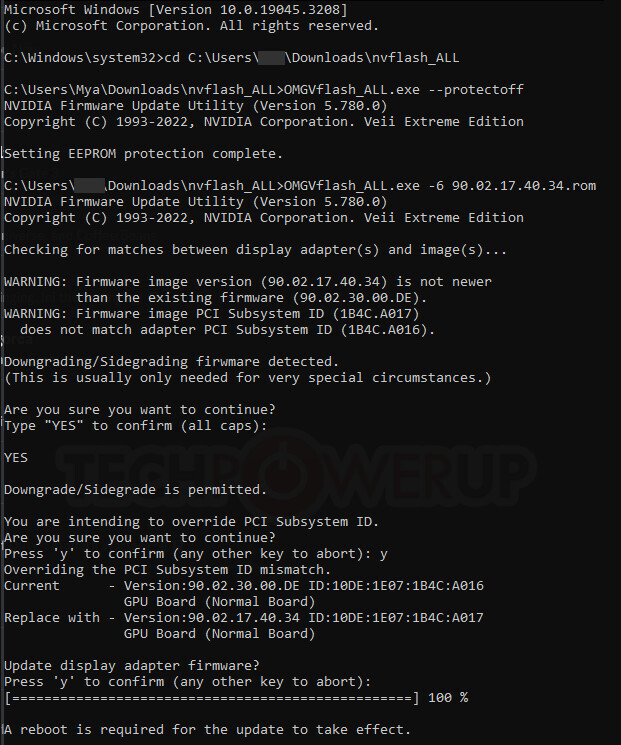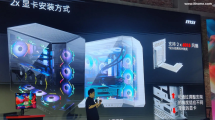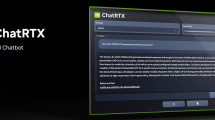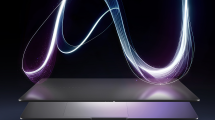Users now have the ability to experiment with the BIOS of NVIDIA GeForce graphics cards as if it were 2013 all over again. Over the past decade, NVIDIA had effectively curtailed the practice of modifying video BIOS by introducing strict BIOS signature checks. The introduction of the “Falcon” on-die security processor with the GeForce 900-series “Maxwell” GPUs further solidified this strategy. Among other things, this security processor prevented unauthorized firmware from booting on the GPU.
However, two newly developed tools, OMGVflash by Veii and NVflashk by Kefinator (forum names), have emerged as independent solutions. These tools offer the ability to flash almost any video BIOS on almost any NVIDIA GeForce graphics card. In doing so, they manage to bypass NVIDIA’s seemingly insurmountable barriers, including BIOS signature checks and manufacturer/device checks, commonly known as cross-flashing. The vBIOS signature check bypass is functional up to the RTX 20-series “Turing” based GPUs, allowing users to customize their BIOS configurations. Cross-flashing, which bypasses sub-vendor ID checking, even extends to the latest RTX 4090 “Ada” model.
The release of these tools evokes the nostalgia of the golden age of video BIOS modification, comparable to utilities like NiBiTor (which are now discontinued). The potential applications of such utilities are almost limitless. For example, users can flash the BIOS of a factory-overclocked premium graphics card to a graphics card that is closer to the manufacturer’s recommended retail price. For graphics cards up to the RTX 20 series “Turing”, the BIOS modification not only allows for clock rate adjustments, but also increases the performance limits. This has a stronger impact on the performance because the boost frequency is increased.
Additionally, BIOS modification grants users control over aspects such as voltage, cooling power, and fan curve, which provides the ability to reduce noise levels – provided the GPU cooler keeps the temperature within thermal limits (which are also adjustable). Cross-flashing now makes it possible to restore a voltage of 1.1V on an RTX 4090 GPU if you have a newer model that only runs at 1.07V. In addition, users can flash their Founders Edition (FE) GPUs with a custom vBIOS that has a higher performance limit and overcomes the limitations imposed by NVIDIA.
The author of OMGVflash, Veii, has posted a comprehensive thread on the TechPowerUp forums. This thread announces the first public beta of the tool, offers insights into its development progress, includes instructions on how to use it, as well as some troubleshooting tips. The thread can be found here. The author has expressed interest in working with TechPowerUp on the release of future versions. The author of NVflashk, Kefi, has also posted a similarly comprehensive thread on the TechPowerUp forums. OMGVflash and NVflashk were developed independently of each other. TechPowerUp has manually checked the binary code of both tools and found no viruses or Trojans. Only a few code changes were made to the original NVFlash tool to enable the workaround. There is no additional malware payload or similar elements. The file sizes correspond exactly to the unmodified files. VirusTotal also confirms that these patches are authentic.
Tampering with the vBIOS will void your graphics card’s warranty. As with any form of modification, modifying the graphics card BIOS carries risks and is meant for experienced users. If there is a faulty flash operation, it can usually be fixed quite easily. All current desktop processors have integrated graphics units (iGPUs) from which it is possible to boot. This way, you could flash a working BIOS to the affected graphics card. However, remember to make a backup copy of your BIOS beforehand. You can also use one of these tools to extract the current BIOS, or even better, just use GPU-Z for this task.
Kefi is currently working on a GUI version that will make it easier for the untrained to backup and flash the BIOS. Also, within the application, you can search our BIOS collection and filter by various properties.
Source: TechPowerUP































18 Antworten
Kommentar
Lade neue Kommentare
Urgestein
Urgestein
Mitglied
Urgestein
Urgestein
Veteran
Urgestein
Veteran
Urgestein
Urgestein
Veteran
Urgestein
Urgestein
Urgestein
Veteran
Mitglied
Neuling
Veteran
Alle Kommentare lesen unter igor´sLAB Community →